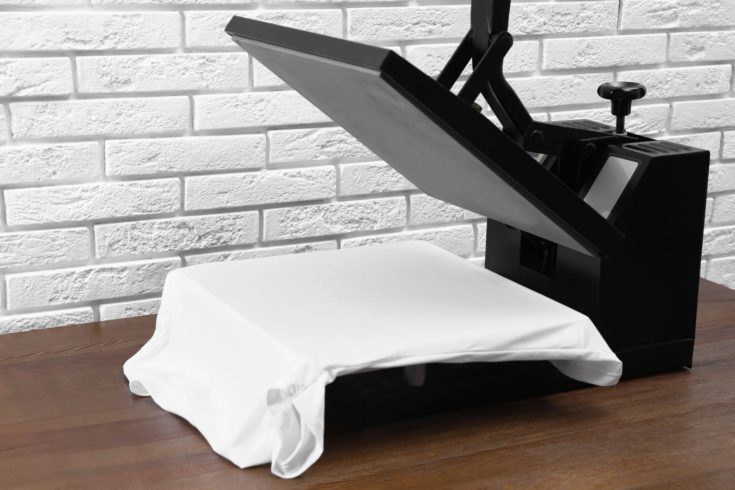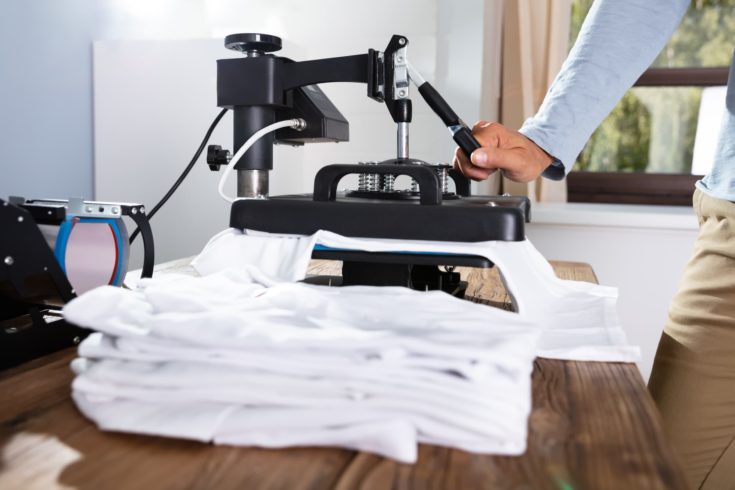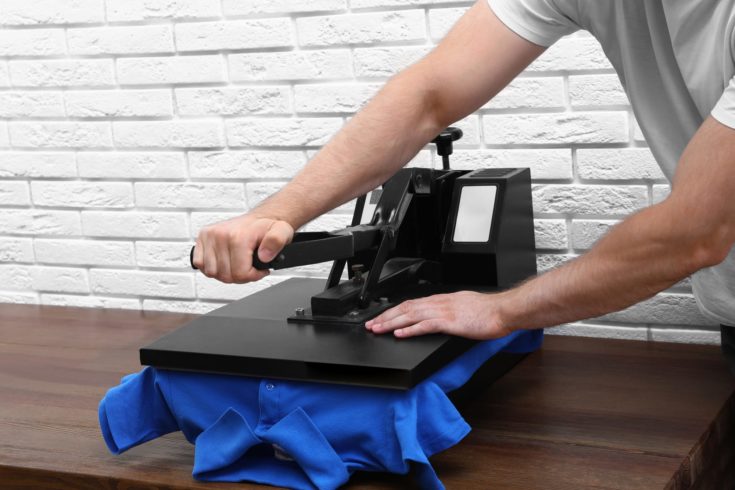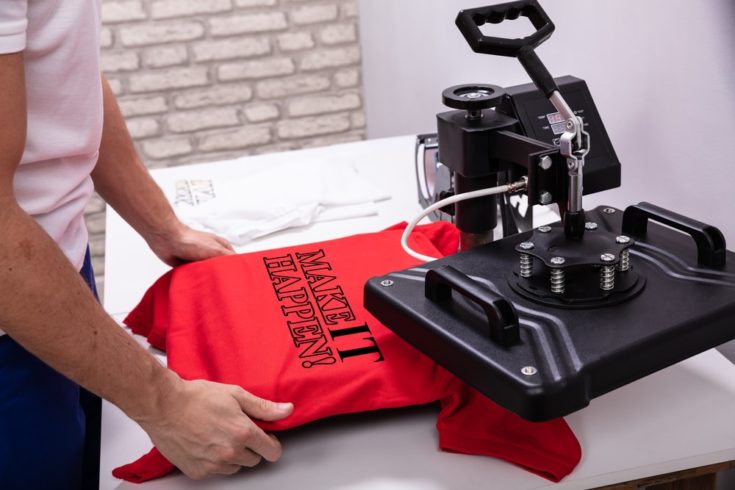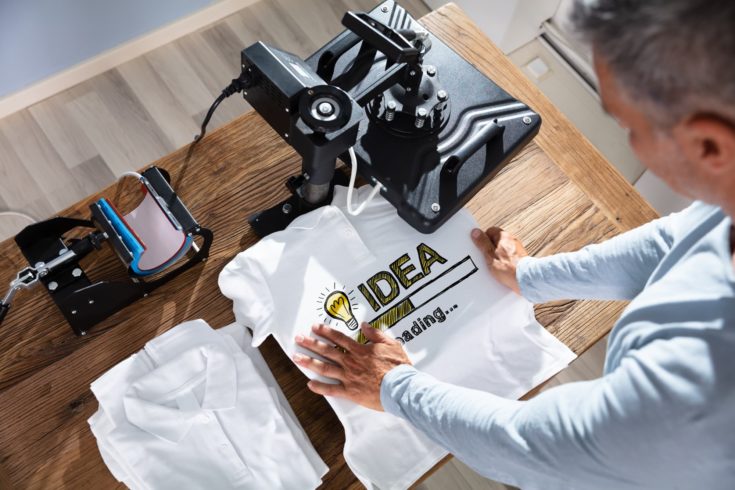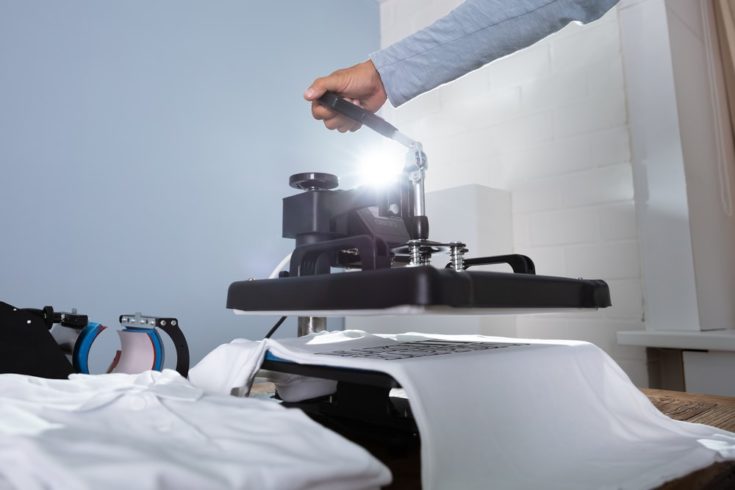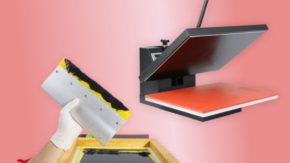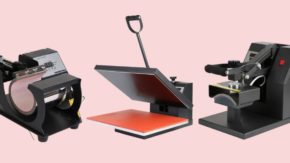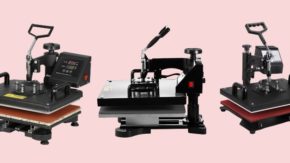You’d think that people who buy T-shirt heat presses are those who have a large printing business, but you’d be surprised at how many would make this purchase for personal use. A heating press is useful for a wide variety of people, whether they own a small Etsy shop with custom-made or personalized items, those who are passionate about design and want to be able to make their own shirts, or even regular print shops that will print your design on choice onto any garment.
But heat presses have a wide range of specifications that you need to look over before actually buying one, which is why we’re going to explore everything you need to know about buying one for making personalized T-shirts.
Sizing Considerations
If you’re wondering what size heat press is best for T-shirts, the correct answer is: it depends. Heating presses have plates that vary in size, so it really depends on what size T-shirts you want to be able to work with. A small heat-press, for instance, will work perfectly for transferring designs on baby/children shirts, but won’t be of much use if you want to personalize an XXXL shirt.
Instead of telling you which is the right heat press size for making custom T-shirts, we feel it would be more useful if we went through all the available sizes and told you what each of them would be most suited for. Here it goes:
- Small heating presses are typically available in two standard sizes: 9 x 12 and 12 x 14 inches. Because of their small size and rather lightweight, they are good for people who are interested in portability or those who simply don’t have that much space available and would greatly benefit from a small heating press. Such presses are great for children’s T-shirts ideas, but they’re also great for those who want to transfer really small prints or for printing on the side. These presses are good for people who would use these for personal crafts and hobbies, and they are not the best choice for people who want a machine that can execute mass T-shirt production.
- Medium heating presses typically measure 14 x 16, 15 x 15, or 15 x 20 inches. As you can imagine, this is a better choice for making adult shirts and for people who own a small printing business or perhaps a shop that customizes garments. They’re basically a great option if you have a hobby that you’d like to make some money out of. They are also available at really good prices and offer the best bang for your buck if you’re one of the categories of users we’ve mentioned before.
- Large presses typically measure 16 x 20 or 20 x 25 inches. If you have a large printing business that focuses on the mass-production of personalized T-shirts, this is the heating press size to opt for. They are great for making a shirt in a higher volume, but they also take up quite a lot of space. You need to consider a large heating press only if you have a special and sturdy table that you can place it on top of. Also, if you have a smaller business that transfers designs on large T-shirts (especially sizes XL and up), this is the right heating press for you. It’s also a viable choice for people who make a wider variety of garments and they work really well for printing on hoodies.
Other Shopping Considerations
Tip: Before you buy one, you should check out some good and detailed reviews of a few machines. The size of the heat press is not the only characteristic that you have to pay attention to if you’re considering buying such a product. Considering the fact that there are different types of heat presses out there, you also need to consider the construction and type of heat press that you’d be most comfortable working it.
Choices
For T-shirts, there are two main types of presses that can get the job done. A clamshell press opens by lifting the top side of the press. That means that it occupies less space, which is important if you have a small business or are using the heat press at home and your available space is very limited. However, these are not the safest options, because when the top side of the machine is opened, you could risk touching the heating press which can be very hot right after being used.
Swing Away
Swing-away presses will have to top platen lifted and pushed out the way, making them a much safer option. However, the main disadvantage of this type of press is that you will need more space to get the top side of the machine out of the way, making it more suitable for people who have plenty of room to do so.
Volume
Another very important buying consideration and something that you should ask yourself before you purchase a heat press is what volume of shirts are you planning to personalize. If you’re just making shirts for personal use or to give them as gifts, you don’t need a large heat press. However, if you have a business that requires customizing a high number of T-shirts on a regular basis, you want a press that can make them really fast and handle a high load of production.
Budget
Last, but not least, always consider your budget. It’s very easy to get lost in a pool of marketing claims and advertising that sort of tricks you into buying the biggest and most expensive product in the niche. If you focus on how much money you can actually spend, you’re less likely to become a victim of impulse buying.
Conclusion
As you can see, there is no right size for a T-shirt heat-press, as choosing the best one depends on a series of factors that one must take into account prior to making a purchase. Consider your budget, think about what you’re going to use the heat press for, how many T-shirts will you be printing in a single day, and then narrow down your choices to pick the right size.
You might also be interested in reading about the best heat press for hats.
